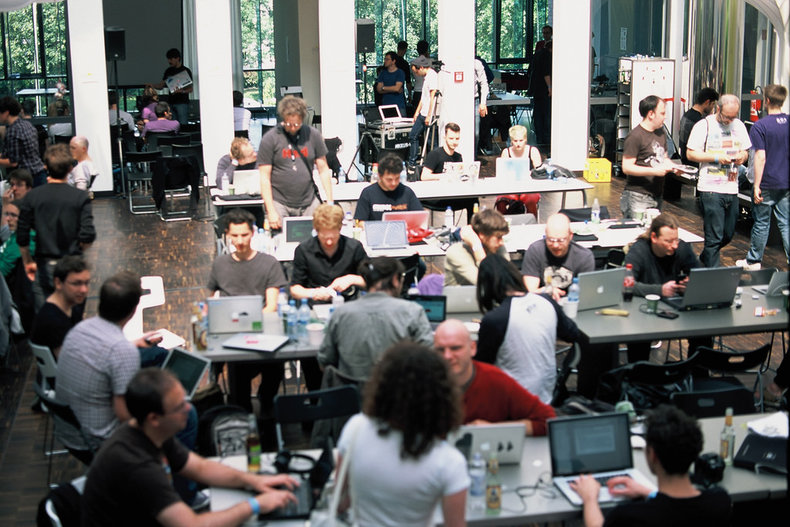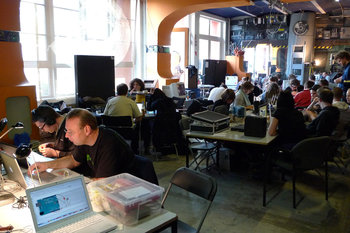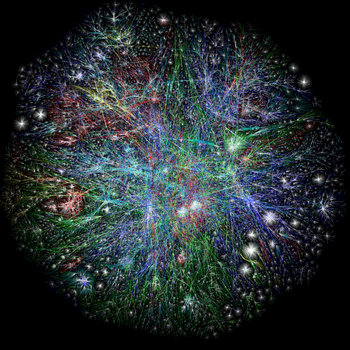
Nanonetwork
Specialized networks for very small machines. For example, a communication protocol that allows nanobots to coordinate their work as a swarm.Near-field Communication
Networks that are dynamically established when devices are close together. For example, a network that allows you to transfer data between two mobile devices by placing them in close proximity.Body Area Network
A mobile network that you create to support multiple devices that you have with you. For example, a network created by a smart phone to support a laptop and other devices.Personal Area Network
A small network used by one person. For example, a network in a small home office that supports devices such as printers and data storage.Near-me Area Network
Networks that allow you to discover nearby people. For example, a pervasive game that automatically merges the gameplay of nearby devices.Local Area Network
A network set up to support a location such as a home, office or factory.Private Network
A network that is secured such that access is restricted to authorized individuals and digital entities. For example, a home network that can only be used by family members who have been given a wifi password.Public Network
A network that allows anyone to connect. For example, a city that provides free wifi in tourist areas.Campus Area Network
A network set up to support multiple locations such as a network that connects 10 factories and 3 offices.Metropolitan Area Network
A network that covers a metropolitan area such as a broadband cellular network that provides mobile web and IP telephony for an entire city.Wide Area Network
A network that covers multiple cities such as the network of a regional or national telecom company.Internet
The internet is a collection of interconnected networks that spans billions of devices with every country on the planet participating. Most networks are connected to the internet.Overlay Network
A network built on top of another network, usually the internet. For example, a cloud platform that connects many geographically distributed data centers in a single overlay network using encryption.Virtual Private Network
A type of overlay network that is commonly used to connect office locations and remote workers.Darknet
A popular term for overlay networks that are designed to escape controls or monitoring that exists on the public internet.Dedicated Line
A physical connection that connects locations such that traffic between locations doesn't go over the internet. Done to enhance security and performance as the line isn't shared with other traffic.Pervasive Network
A system that makes a large number of geographically distributed wireless networks function as a single network. For example, a system that allows your mobile device to connect to different wifi as you walk around a city such that you always have a connection.Internet of Things
The practice of putting computers and networking capabilities into everyday things to extend their functionality. These devices may be designed to connect to a home wireless network or a broadband cellular network.Deep Space Network
A network established between earth and space missions in deep space such as a probe.Interplanetary Internet
The idea of creating a permanent network in space that connects multiple planets and areas of space. This could be done to support space missions and development.| Overview: Networks | ||
Type | ||
Definition | A number of devices that are connected so that they can communicate and exchange data. | |
Related Concepts | ||


































